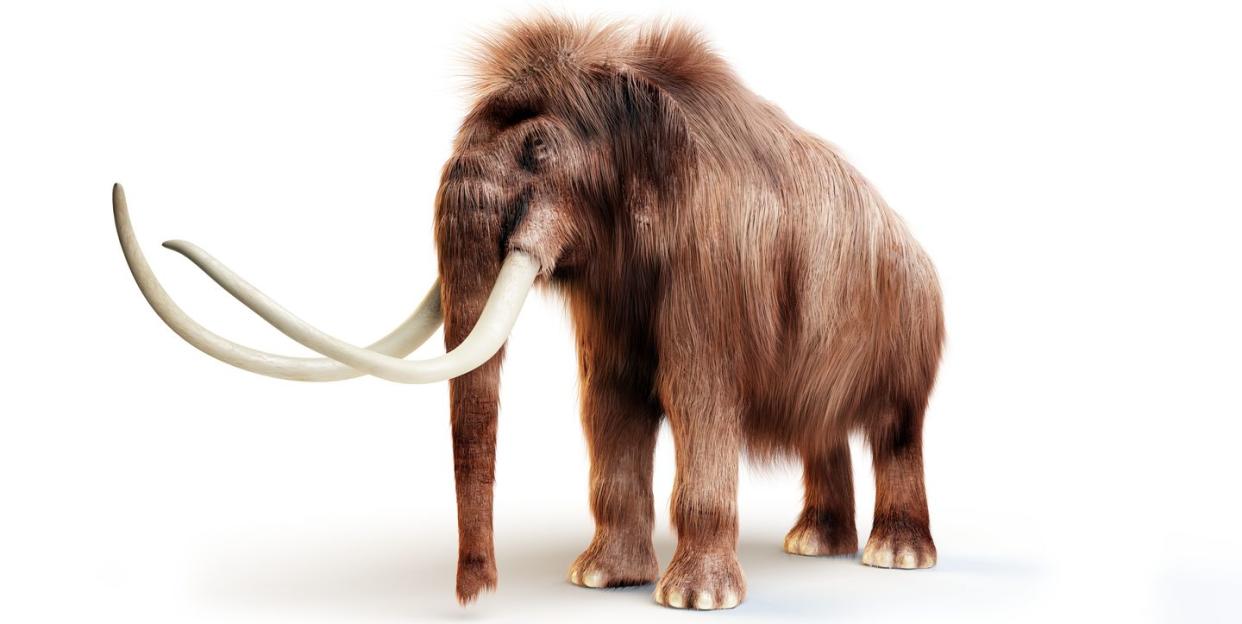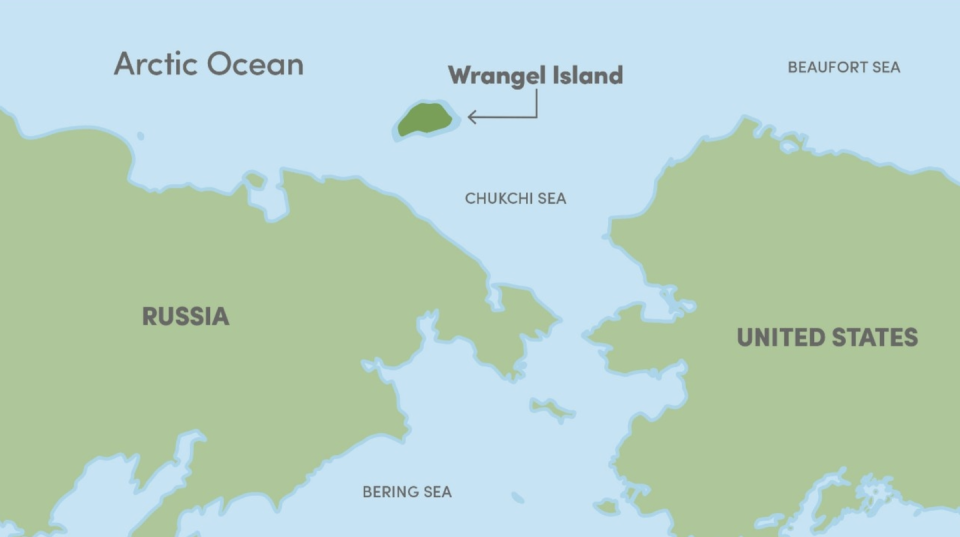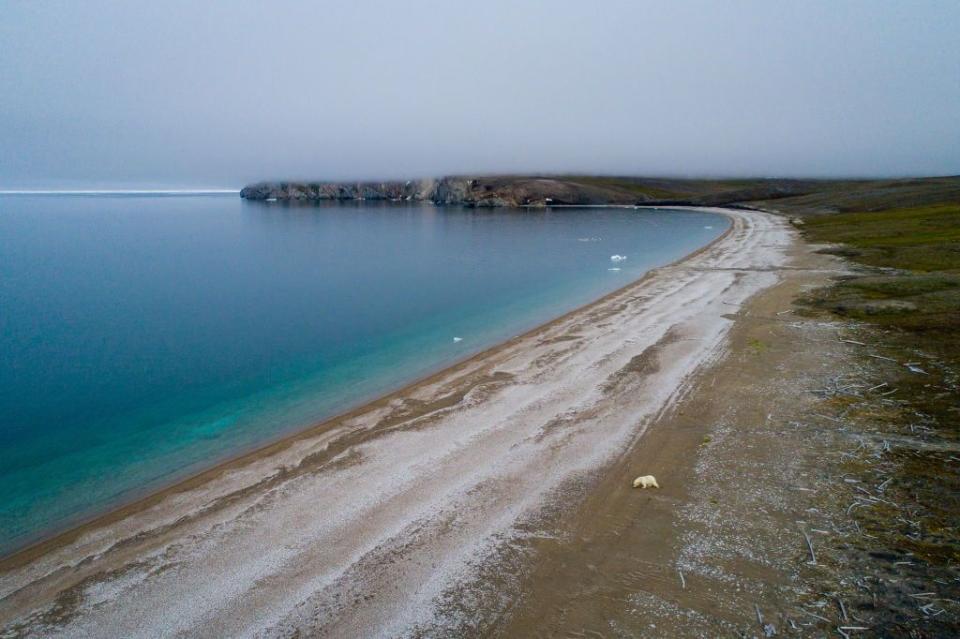The Last Woolly Mammoths Likely Lived in Genetic Misery

A new study—in conjunction with research from 2017—discovered that Wrangel Island mammoths, some of the last mammoths on Earth, suffered from genetic mutations that likely caused their extinction.
Lost sense of smell, male infertility, and diabetes are among the mutations caused by defective genes in this mammoth population.
In order to better understand why the last known living mammoth population went extinct, scientists have resurrected mutated mammoth genes from a small group who died on Russia’s Wrangel Island some 4,000 years ago.

In a 2020 study published in Genome Biology and Evolution, researchers cite multiple reasons for the “rapid demographic decline” of the Wrangel Island mammoth population. Among them are “reduced genetic diversity,” which resulted in mutated genes.
The team behind the research compared the DNA of a Wrangel Island mammoth against the DNA of Asian elephants and two other mammoths from much larger populations. The results showed that the Wrangel Island mammoths had distinct gene mutations specific to their population, which were not seen in the Asian elephant and larger populations of mainland ancient mammoths. According to the study, these genes caused “diverse behavioral and developmental defects.”

The researchers also synthesized the Wrangel Island mammoth genes and implanted them in embryonic elephant cells to see how they would develop and perform. It didn’t go well. The Wrangel Island mammoth genes exhibited the inability to pick up on certain scents, had low sperm counts, and diabetes.
It also didn’t help that the Wrangel Island mammoths were suffering from a declining population. The study says that these mammoths was such a small pool that it basically eliminated the ability to “purge deleterious mutations” from offspring. This likely led to inbreeding, which would’ve caused even more problems.
The 2020 study references previous research from 2017 in which different scientists studied gene mutations in the Wrangel Island mammoths. According to Vincent Lynch, evolutionary biologist with the University of Buffalo, both sets of findings “are very complementary.” Lynch notes that this dwindling population “may have been pretty sick,” making for a bleak existence up until the point of extinction.
Source: University of Buffalo
You Might Also Like

 Yahoo News
Yahoo News 
